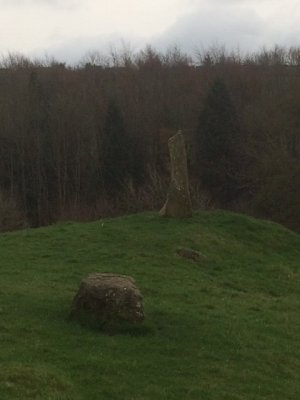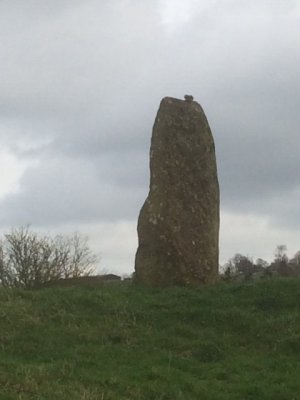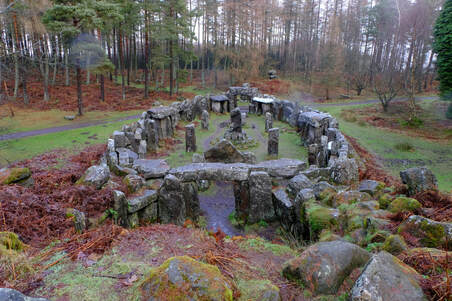Modern Stone Circle in Yorkshire (North). New Swinton Hall is a mile or so to the west of Masham, near Ilton. It was built by the owner himself, William Danby (1752 - 1833). His next project was the labour intensive work of creating another Stonehenge, with a shilling a day paid to the workers.
An enormous oval of altars, menhirs, dolmens, sarsens and other phallic and neo-Druidical paraphernalia was raised on the Yorkshire moors. Several solitary standing stones lined a ceremonial avenue leading to the temple. It is well preserved in the middle of Forestry Commission land.
A guide to the district dated 1910 claimed that "the builder of the temple offered to provide any individual with food, and a subsequent annuity, providing he would reside in the temple seven years, living the primitive life, speaking to no one and allowing his beard and hair to grow. It is said that one man underwent this self-imposed infliction for four-and-a-half years, at the end of which he was compelled to admit defeat.







